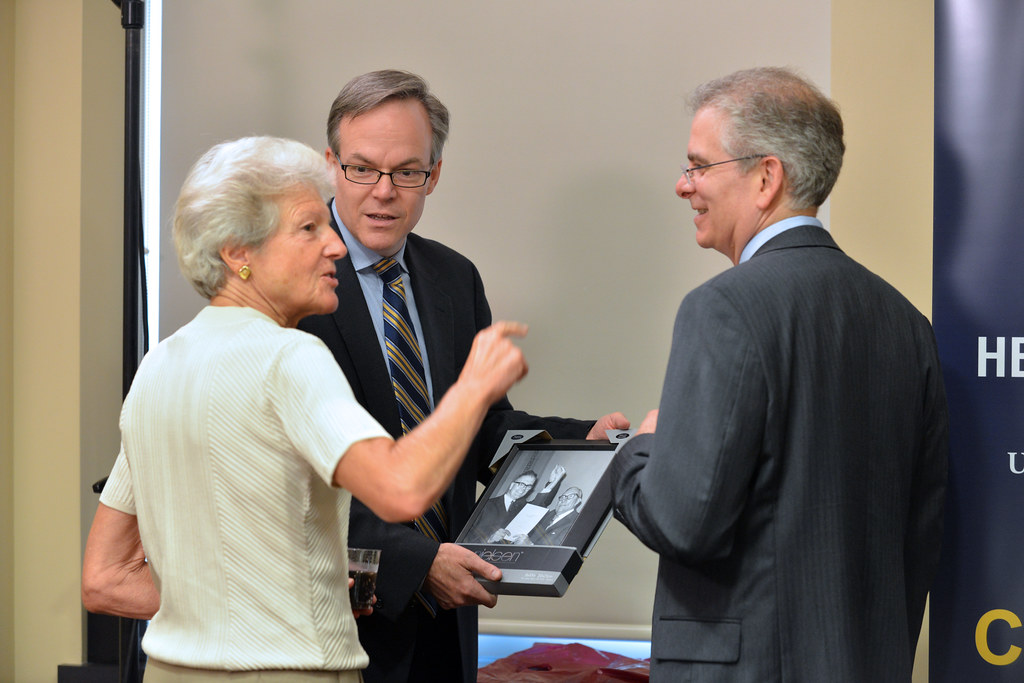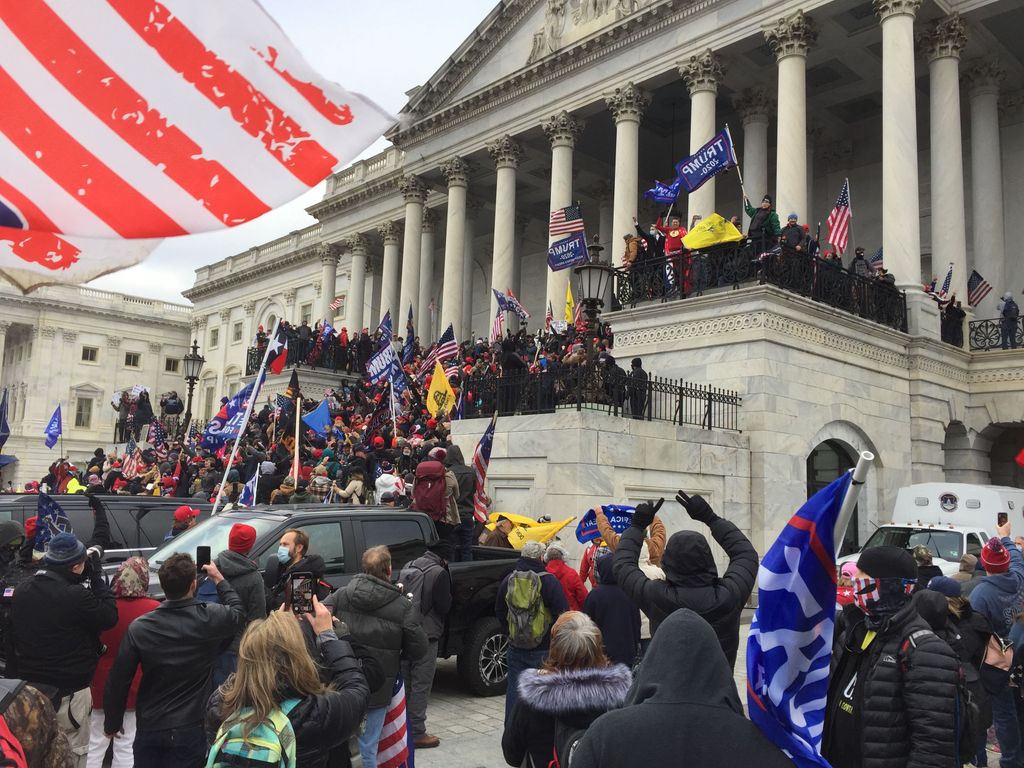
A recent violent incident in Washington, D.C., involving the assault of a former Department of Government Efficiency (DOGE) staff member, has reignited President Donald J. Trump’s long-standing calls for federal intervention in the nation’s capital. This renewed threat comes amidst a complex backdrop of urban crime concerns and deeply entrenched political divisions over D.C.’s unique governance structure. The incident, which saw Edward Coristine, known by the nickname “Big Balls,” severely beaten during an attempted carjacking, has propelled the contentious issue of D.C. home rule back into the national spotlight, prompting stark warnings from the former president and drawing sharp reactions from both federal and local officials.
The assault on Mr. Coristine unfolded in the early hours of Sunday morning, specifically around 3 a.m., in the 1400 block of Swann Street NW, situated within the city’s Logan Circle neighborhood. According to reports from the Metropolitan Police Department, Mr. Coristine and a woman, identified as his significant other, were standing next to their vehicle when they were approached by a group of approximately ten juveniles. The suspects reportedly made a comment about taking the vehicle, escalating the encounter.
In a swift act of protection, Mr. Coristine pushed his significant other into the car for safety before turning to confront the group. It was at this moment that several of the teenagers began to assault him. Fortunately, an MPD cruiser was patrolling nearby and pulled into the block, prompting the suspects to flee on foot as officers moved towards the scene. Two of the suspects, both 15-year-old individuals from Hyattsville, Maryland, were subsequently taken into custody and charged with unarmed carjacking. Mr. Coristine received treatment for his injuries at the scene of the incident.
Following the assault, President Trump quickly took to his Truth Social platform to express his outrage and reiterate his demands for federal control over Washington, D.C. He referenced the victim, without explicitly naming Mr. Coristine, as “somebody from DOGE was very badly hurt last night.” A photograph appearing to show a bloodied victim accompanied his post, underscoring the severity of the incident.
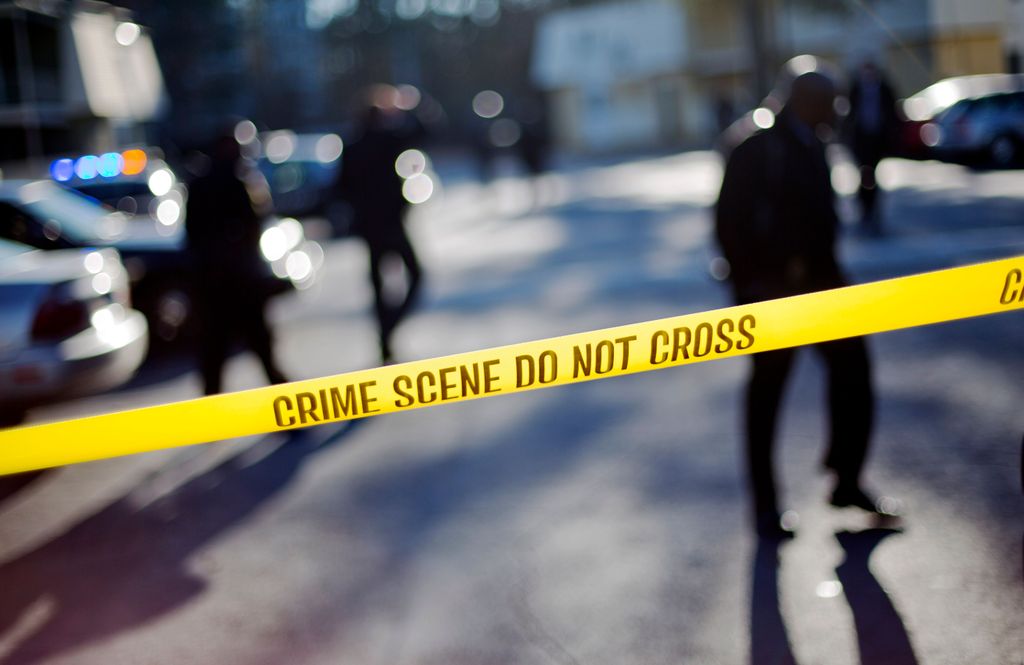
In his public remarks and social media statements, President Trump forcefully asserted that crime in D.C. is “totally out of control.” He elaborated on his view of the city’s deteriorating safety, stating, “Local ‘youths’ and gang members, some only 14, 15, and 16 years old, are randomly attacking, mugging, maiming, and shooting innocent Citizens, at the same time knowing that they will be almost immediately released.” He contended that these young offenders are not deterred by law enforcement because they perceive a lack of consequences for their actions.
President Trump went on to issue a direct ultimatum to D.C. authorities: “If D.C. doesn’t get its act together, and quickly, we will have no choice but to take Federal control of the City, and run this City how it should be run, and put criminals on notice that they’re not going to get away with it anymore.” He explicitly called for changes to the law in D.C. to allow for the prosecution of “minors” as adults, starting at age 14, and advocated for their long-term incarceration. Trump concluded his warning by declaring, “Perhaps it should have been done a long time ago, then this incredible young man, and so many others, would not have had to go through the horrors of Violent Crime. If this continues, I am going to exert my powers, and FEDERALIZE this City.”
Elon Musk, the billionaire who previously helmed DOGE, echoed President Trump’s sentiments, using his platform on X to express similar concerns. Musk stated that a DOGE “team member” was severely beaten while attempting to save a woman from being assaulted by a gang of young men, concluding his post with a definitive call: “It is time to federalize DC.” This alignment of views from influential figures further amplifies the pressure on D.C.’s local governance.
The victim, Edward Coristine, has a notable background within the Trump administration’s initiatives. He was one of the original DOGE staffers and a visible figure in the department, which was tasked with a sweeping overhaul of the U.S. government through efforts to slash federal bureaucracy. CNN previously reported that Coristine was tapped to take part in this initiative, working as a “senior advisor” with access to various departments, including Homeland Security, FEMA, and the Cybersecurity and Infrastructure Security Agency. More recently, in late June, the Social Security Administration announced that it had hired Mr. Coristine as a special government employee to work on its website, though his current employment status with DOGE or SSA remained unclear at the time of the reporting.
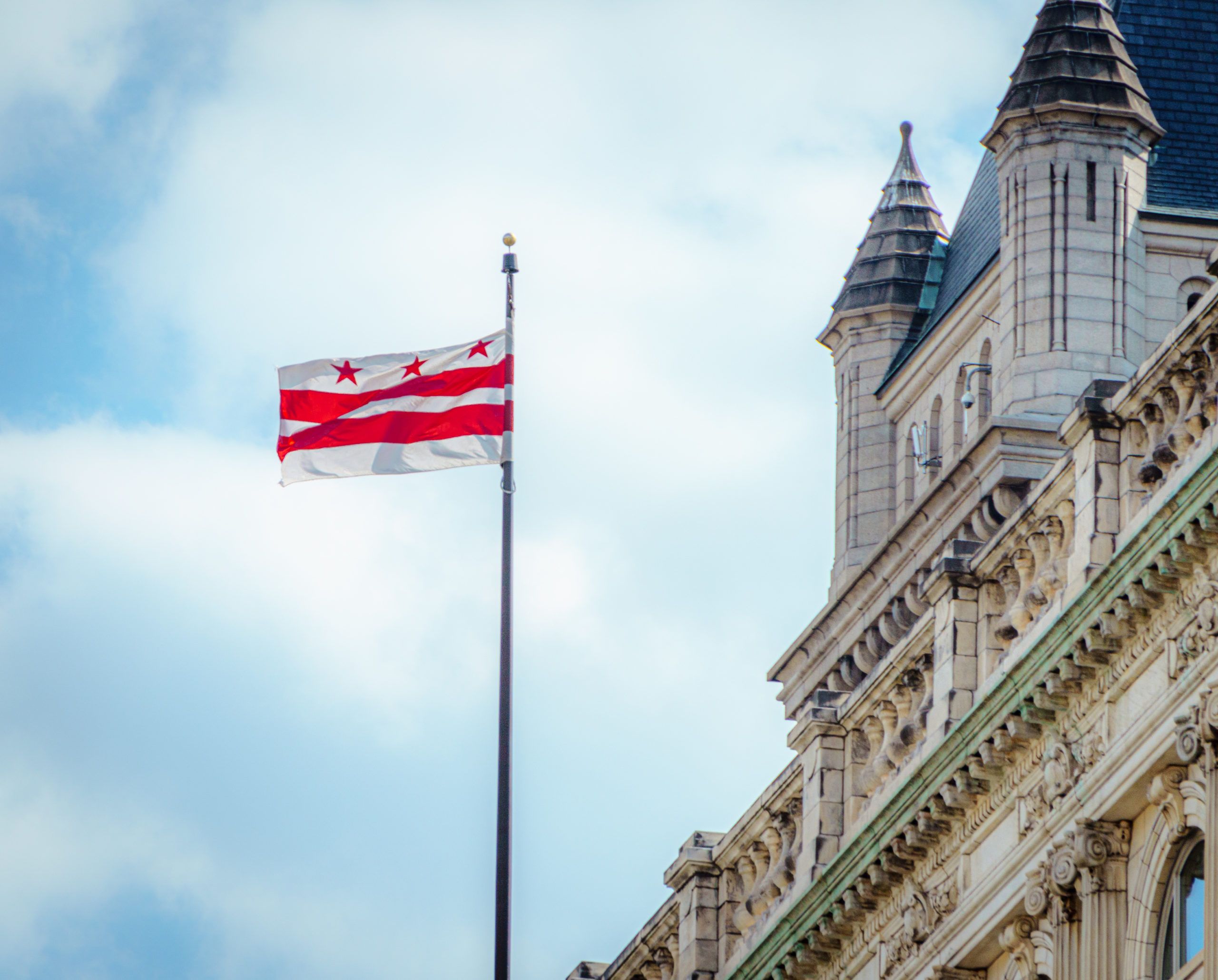
The renewed threat of federal takeover highlights the long-standing tension between the federal government and D.C.’s limited autonomy. The District of Columbia obtained limited self-government in 1973 through the Home Rule Act, which granted residents the power to elect their own mayor and city council. However, Congress retains significant authority, including the power to nullify local laws and exert control over parts of the city’s public safety apparatus, making D.C. uniquely vulnerable to federal intervention compared to states.
This vulnerability has often made D.C. a symbolic battleground in debates over crime and governance, particularly for Republican leaders who frequently use episodes of violence to criticize cities run by Democratic mayors. President Trump has consistently characterized the capital as a “dirty, crime-ridden death trap” throughout his campaign, pledging to bring about significant changes. In February, he told reporters aboard Air Force One, “I think that we should govern the District of Columbia. It’s so important, the DC situation. I think that we should run it strong, run it with law and order. Make it absolutely, flawlessly beautiful. And I think we should take over Washington, DC.”
Despite the strong rhetoric regarding D.C.’s crime rates, official police data presents a more nuanced picture. As of the latest reports, overall crime in Washington, D.C., is down 7%, and violent crime has decreased by 26% compared to the same period last year. These figures suggest a different trend than the “totally out of control” narrative, yet local officials do acknowledge persistent challenges, particularly concerning youth crime.

Local authorities have conceded in recent years that youth crime, particularly carjackings, remains a serious concern. The city has indeed seen distressing incidents, such as a 14-year-old being charged last year with killing a Lyft driver in a botched carjacking. A significant portion of carjacking arrests in Washington also involve juveniles, underscoring the specific nature of this issue. Additionally, the tragic death of 21-year-old congressional intern Eric Tarpinian-Jachym in June, caught in crossfire near the District’s convention center, further amplified scrutiny on D.C.’s public safety.
D.C. At-Large Councilmember Robert White Jr. has commented on this specific demographic’s involvement in crime, stating in February 2024, “We see a surge of young people engaging in serious crime. We are seeing kids as young as nine and ten getting involved in carjackings.” The Washington juvenile arrest rate is nearly double the national average, with a mean of 2,235 such bookings annually between 2016 and 2022, indicating a persistent pattern.
In response to these rising concerns, Mayor Muriel Bowser has attempted to implement measures such as an 11 p.m. curfew for those under 18, with some areas imposing restrictions as early as 7 p.m. However, her office declined to comment on President Trump’s recent remarks. Mayor Bowser has also faced criticism for adopting a less defiant approach during Trump’s second term, notably removing the Black Lives Matter Plaza mural after Republicans in Congress threatened to withhold funding for the district, stating at the time, “We have bigger fish to fry.
The complex legal landscape governing juvenile offenses in D.C. adds another layer to the debate. Under D.C. law, the Attorney General’s office typically prosecutes most juvenile crimes. However, the U.S. Attorney for D.C., who handles most adult criminal cases in the District, possesses the authority to charge 16- and 17-year-olds as adults for certain violent crimes, including murder, rape, armed robbery, and burglary. This dual system often creates friction and complicates efforts to address youth crime comprehensively.
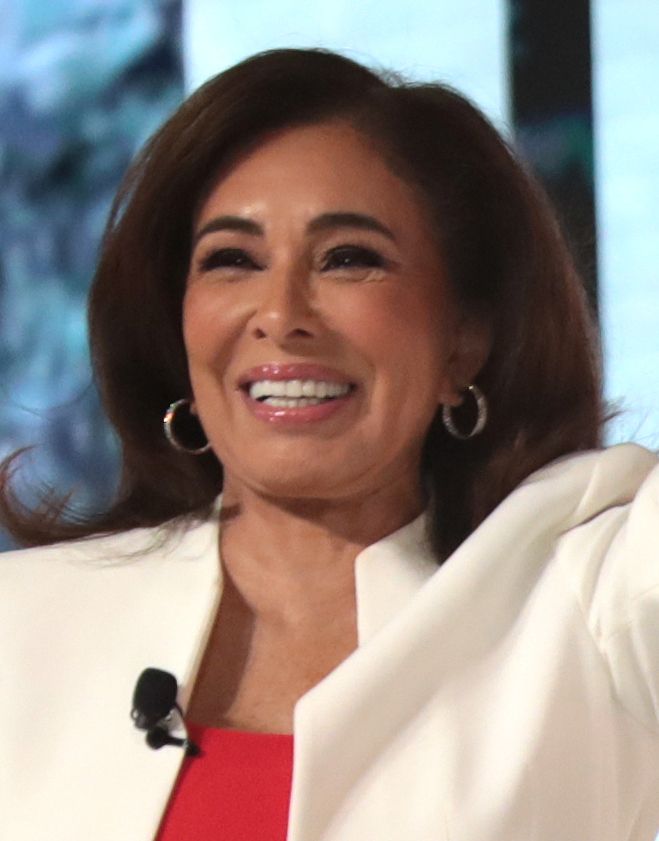
U.S. Attorney for D.C. Jeanine Pirro offered varied comments on the city’s crime situation. At a National Night Out event, she initially stated, “Crime is going down in D.C.” Later, she clarified her remarks, explaining, “The two are totally different. Tonight was about celebrating successes when community and law enforcement work together. My message at National Night Out was to congratulate kids and parents. But crime is not down enough — ask any crime victim. Now we need to end the crime committed by those who are too young to prosecute. It’s time to stop coddling young criminals who assault and maim innocents. It’s time for this to end.”
Ms. Pirro also met with President Trump, stating afterward, “The president is very serious about making sure that as a prosecutor here that we not only fight crime with a vengeance, but make sure that there are consequences… Make sure that we protect the victims and we make the criminals accountable.” She outlined her office’s commitment: “Our job is to get guns off the street, drugs off the street, take care of those individuals who are threatening, carjacking other people, and make this city safe and clean again.” However, her spokesperson declined to comment on the Coristine case specifically, citing that it was not handled by her office.
D.C. Attorney General Brian Schwalb expressed his deep concern over the incident, stating, “No one who lives in, works in, or visits D.C. should experience this; it is horrific and disturbing.” While he could not comment on the specific case due to juvenile confidentiality laws, he affirmed his office’s commitment: “When MPD brings us cases with sufficient evidence of juveniles who have broken the law and hurt people, we will prosecute them and ensure they face consequences for their actions.”

The D.C. Police Union, meanwhile, has placed blame on certain D.C. Council members—Charles Allen, Brianne K. Nadeau, and Janeese Lewis George—labeling them “radicals” and criticizing their support for a package of policing overhauls passed in 2020. The union argued that this situation could have been “easily avoided,” underscoring the internal disagreements within the city’s public safety and political landscape.
President Trump’s threats are not merely reactive; they align with his consistent focus on urban governance and law and order. In March, he signed an executive order establishing a “D.C. Safe and Beautiful Task Force,” designed to ensure federal participation in city issues, including maximum enforcement of federal immigration laws and increased federal and local law enforcement presence. The order aimed to enforce “all applicable quality of life, nuisance, and public-safety laws,” covering crimes like assault, larceny, and graffiti.
Looking back, in 2020, as the city faced widespread protests, the Trump administration even floated the unprecedented idea of taking control of the D.C. police force, a move that local leaders viewed as tantamount to a governmental overthrow. Though that particular threat did not materialize, the federal government did exercise its broad powers to deploy the National Guard and military helicopters, demonstrating the extent of its latent authority over the District. More recently, in 2023, Congress, with President Joe Biden’s approval, blocked a revision to the D.C. criminal code that would have lowered maximum penalties for certain violent crimes, including carjacking, further illustrating federal oversight.
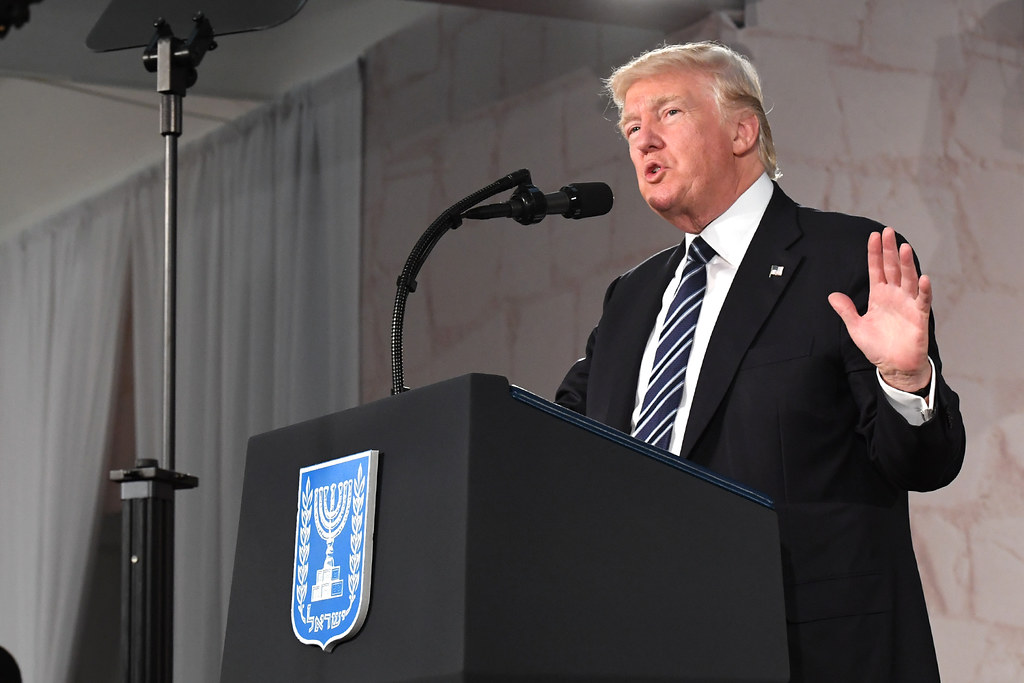
The incident involving Edward Coristine, combined with President Trump’s strong political position, given his improved polling, particularly in the Midwest, intensifies the focus on Washington, D.C.’s future autonomy. While Joe Biden narrowly won Pennsylvania by 80,000 votes in 2020, and Trump only needed 46,000 votes for re-election, CNN’s poll of polls now indicates Trump with a nearly 70% chance of winning the 2024 election (68.4% to Kamala Harris’s 30.9%). This political momentum might embolden President Trump’s stance on D.C.’s governance.
The narrative around Kamala Harris’s underperformance among core Democratic voter groups, including union, Black, and Jewish voters, further contributes to the perceived political landscape. Although she may show slight improvements over Biden in some crosstabs, the context describes her underperformance as “woefully underwater” and potentially the “worst performing Democrat in a generation.” This broader political environment could inform the urgency and assertiveness of Trump’s federalization threats, framing them as decisive action in a city perceived to be in crisis.
As the nation watches, the debate over D.C.’s autonomy remains a crucible where crime, politics, and historical power dynamics converge. The assault on Edward Coristine has served as a potent catalyst, but it is the deep-seated contention over the District’s right to self-govern that truly defines this ongoing struggle. Whether D.C. will “straighten their act out” or face unprecedented federal intervention remains a critical question, shaping not only the city’s future but also the very contours of federal-local power in America.


